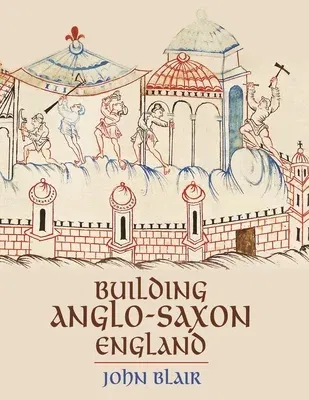Shortlisted for the Wolfson History Prize
A radical rethinking of the Anglo-Saxon world that draws on the latest
archaeological discoveries
This beautifully illustrated book draws on the latest archaeological
discoveries to present a radical reappraisal of the Anglo-Saxon built
environment and its inhabitants. John Blair, one of the world's leading
experts on this transformative era in England's early history, explains
the origins of towns, manor houses, and castles in a completely new way,
and sheds new light on the important functions of buildings and
settlements in shaping people's lives during the age of the Venerable
Bede and King Alfred.
Building Anglo-Saxon England demonstrates how hundreds of recent
excavations enable us to grasp for the first time how regionally diverse
the built environment of the Anglo-Saxons truly was. Blair identifies a
zone of eastern England with access to the North Sea whose economy,
prosperity, and timber buildings had more in common with the Low
Countries and Scandinavia than the rest of England. The origins of
villages and their field systems emerge with a new clarity, as does the
royal administrative organization of the kingdom of Mercia, which
dominated central England for two centuries.
Featuring a wealth of color illustrations throughout, Building
Anglo-Saxon England explores how the natural landscape was modified to
accommodate human activity, and how many settlements--secular and
religious--were laid out with geometrical precision by specialist
surveyors. The book also shows how the Anglo-Saxon love of elegant and
intricate decoration is reflected in the construction of the living
environment, which in some ways was more sophisticated than it would
become after the Norman Conquest.

